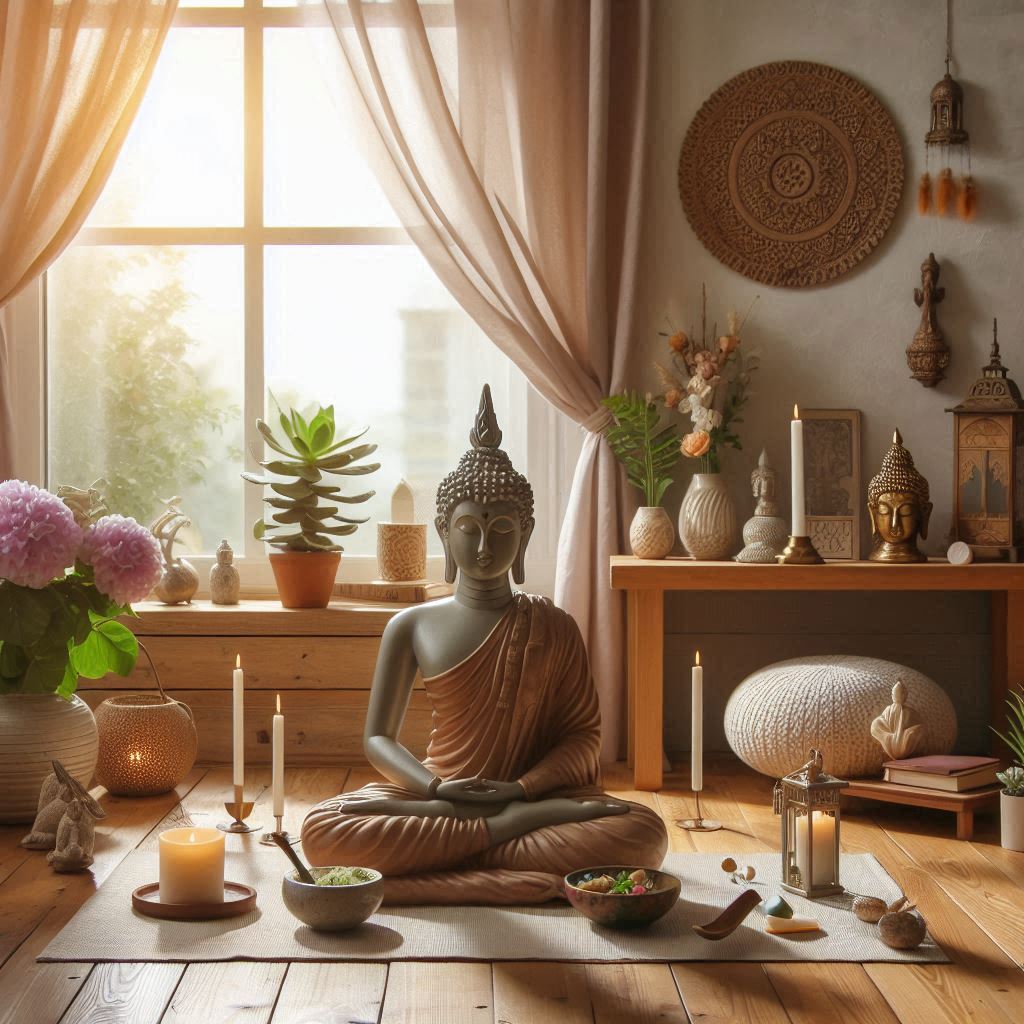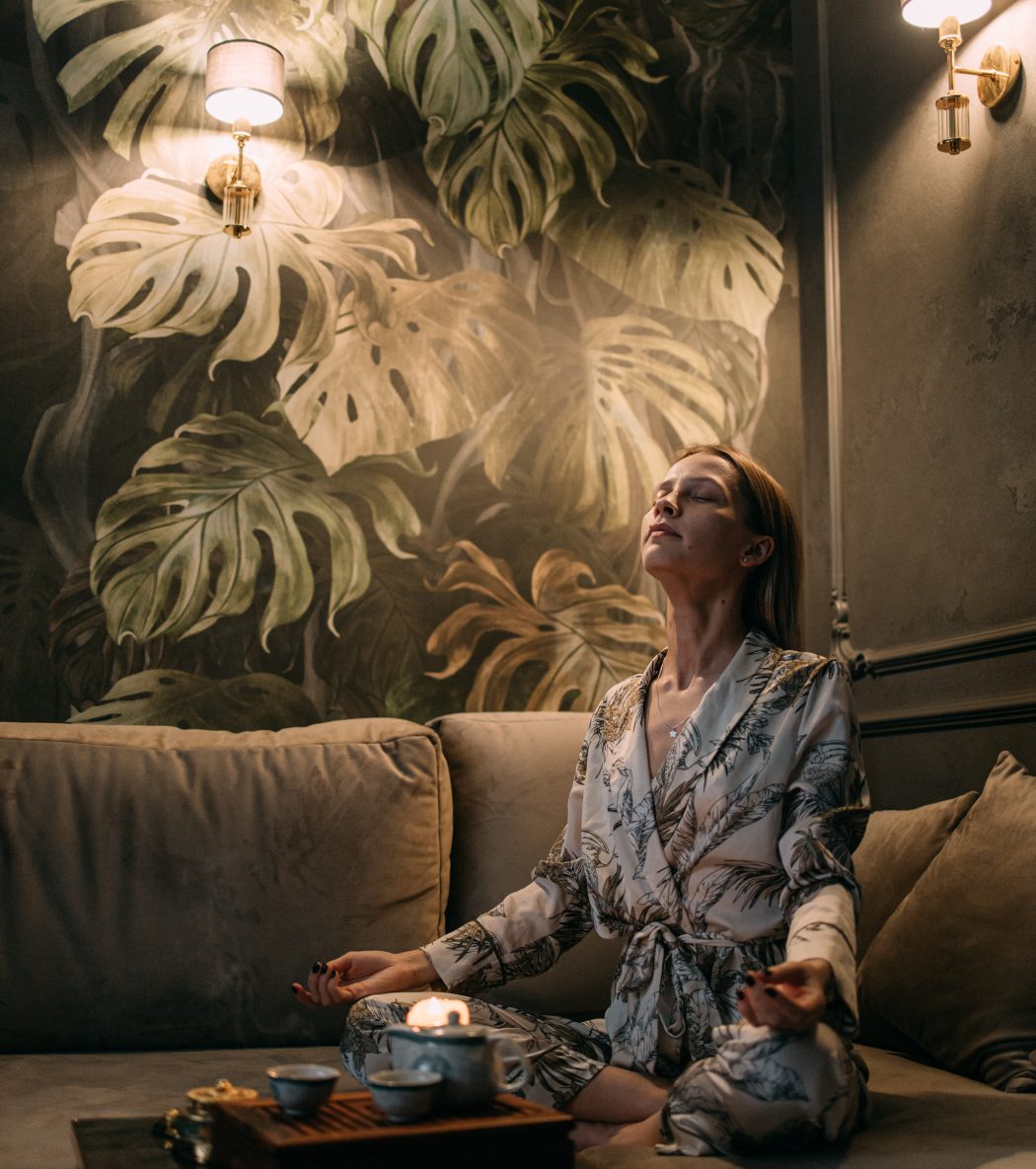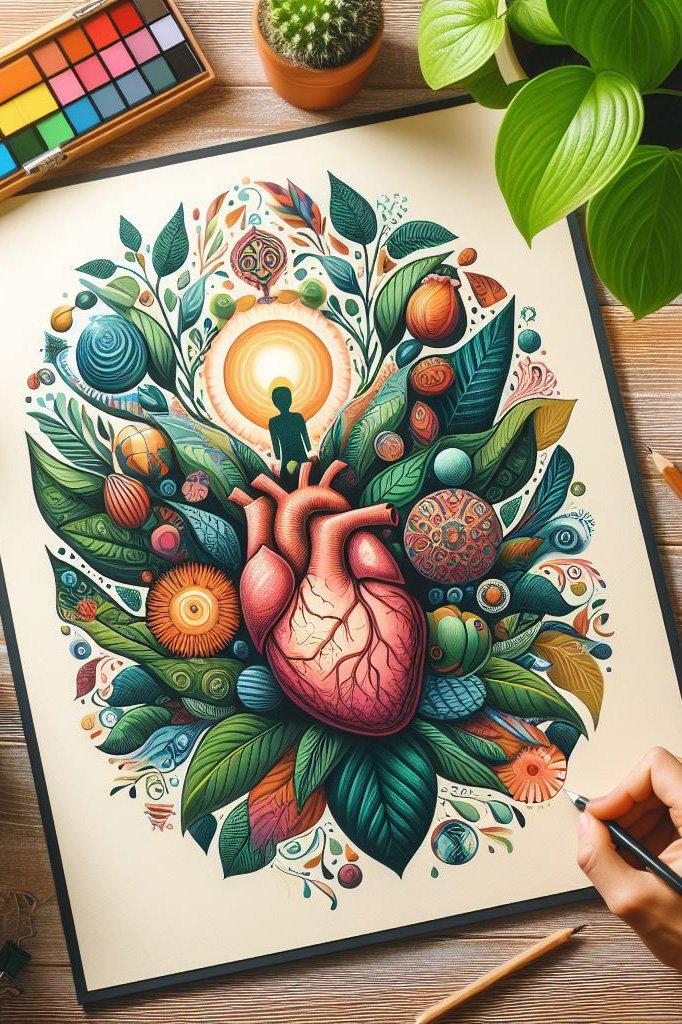Meditation is a beneficial practice for both mental and physical health, promoting relaxation, stress reduction and general well-being. Having a space dedicated to meditation at home can transform this practice into an integral part of your daily routine. In this article, we’ll explore in depth how to create a peaceful meditation space at home, with practical advice, decorating ideas and tips for optimizing your environment for meditation.
Introduction to meditation and the importance of a dedicated space
The benefits of meditation
Meditation offers many benefits, including:
- Reduced stress and anxiety
- Improved concentration and mental clarity
- Increased emotional well-being
- Strengthened immune system
- Improved quality of sleep
Why a dedicated meditation space is important
A dedicated meditation space allows you to create a sanctuary of tranquility where you can escape everyday distractions. This makes it easier to establish a regular meditation routine and helps reinforce the benefits of this practice.
Choosing the ideal location for your meditation space
Identify a quiet corner
Choose a place in your home that’s far from distractions and noise. This could be an empty room, a corner of your bedroom, or even an outdoor space.
Lighting considerations
Natural light is ideal for a meditation space. Choose a spot near a window, but make sure the light is not too intense. Light curtains can help diffuse the light and create a soothing ambience.
Ventilation and air circulation
A well-ventilated space is crucial for pleasant meditation. Make sure your space has good air circulation. If possible, open windows to let in fresh air.
Essential elements for a peaceful meditation space
Meditation mats and cushions
Invest in a good meditation mat and comfortable cushions. These are essential to support your posture and ensure optimum comfort during meditation.
Soothing colors
Use soft, soothing colors in your meditation space. Shades of blue, green, white and beige are particularly relaxing and can help calm the mind.
Lighting
Use soft lighting to create a peaceful atmosphere. Candles, Himalayan salt lamps and string lights can add a touch of serenity to your space.
Minimalist decor
A meditation space should be simple and uncluttered. Avoid unnecessary objects and choose a few decorative elements that promote relaxation, such as crystals, plants or inspiring works of art.
Plants and nature
Plants add a touch of nature and help purify the air. Plants such as bamboo, lavender and jasmine are ideal for a meditation space.
Creating an atmosphere conducive to meditation
Using incense and essential oils
Aromas can have a powerful effect on your state of mind. Use incense sticks or an essential oil diffuser with soothing fragrances such as lavender, sandalwood or eucalyptus.
Music and nature sounds
Soft music or nature sounds can help create a relaxing atmosphere. Use recordings of birdsong, ocean waves or light rain to enhance your meditation experience.
Comfortable fabrics and textures
Add rugs, cushions and blankets in soft, comfortable fabrics. Textures that are pleasant to the touch contribute to a feeling of well-being and relaxation.
Spiritual and personal objects
Incorporate objects that have spiritual or personal significance for you, such as Buddha statues, mandalas, rosaries or gemstones. These objects can help center your mind and strengthen your meditation practice.
Meditation techniques and postures
Different meditation techniques
- Mindfulness meditation: Focusing on the present moment, observing thoughts, emotions and sensations without judgment.
- Transcendental meditation: using a mantra or repeated sound to calm the mind.
- Breathing Meditation: Concentrate on breathing to calm the mind.
- Visualization Meditation: Imagining soothing scenes or personal goals to create a sense of peace and concentration.
Meditation postures
- Lotus position (Padmasana): A classic posture in which the feet are placed on opposite thighs.
- Half Lotus position: An alternative to the full Lotus, where one foot is placed on the opposite thigh and the other foot rests under the other knee.
- Sukhasana: A simple posture with legs crossed, suitable for beginners.
- Sitting on a Chair: For those who find it difficult to sit on the floor, this position offers good support for back and legs.
The importance of breathing
Breathing is a key element in meditation. Practice deep breathing techniques to help calm the mind and relax the body. Inhale deeply through your nose, fill your lungs and exhale slowly through your mouth.
Make meditation part of your daily routine
Create a regular schedule
Choose a time of day when you can meditate regularly, whether in the morning, afternoon or evening. Consistency helps reinforce the habit of meditation.
Start small
If you’re new to meditation, start with short sessions of 5 to 10 minutes and gradually increase the duration as you feel more comfortable.
Using online applications and resources
There are many online applications and resources that can guide your meditation sessions and offer guided meditations tailored to different needs.
Avoid distractions
Make sure your meditation space is free of distractions. Turn off electronic devices, let family members know about your meditation time and try to minimize interruptions.
Maintaining and adapting your meditation space
Regular cleaning and tidying
A clean, tidy space promotes mental clarity and relaxation. Clean and tidy your meditation space regularly to maintain a peaceful atmosphere.
Adapt your space to the seasons
Adapt your meditation space to the seasons by adding seasonal elements. For example, use warm blankets in winter and light fabrics in summer.
Assess and adjust your needs
Regularly assess your meditation needs and adjust your space accordingly. Add or remove elements according to what works best for you.
Creating a peaceful meditation space in your home is an excellent way to strengthen your meditation practice and improve your overall well-being. By following the tips and techniques described in this article, you can transform a corner of your home into a sanctuary of serenity, conducive to relaxation and deep meditation. Remember, the key is to create a space that suits you and your personal needs.





